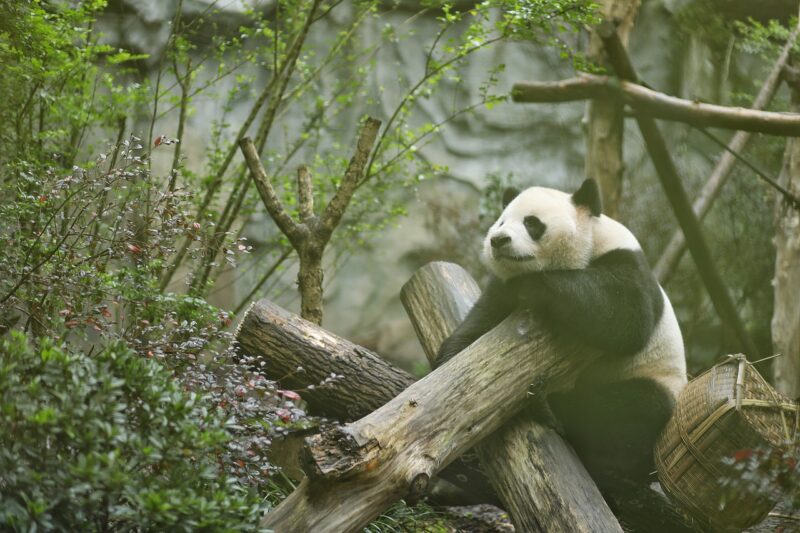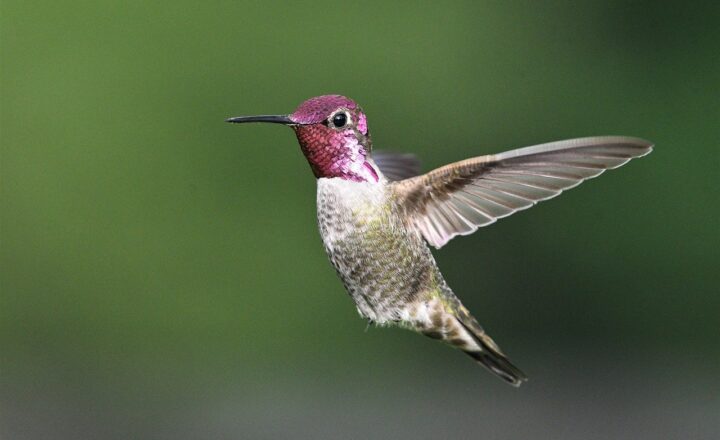The History of Panda Diplomacy: How Pandas Became China’s Global Ambassadors
November 15, 2024

The giant panda, a symbol of peace and friendship, has captivated hearts around the world for decades. But few know that these beloved creatures have also played a significant role in international diplomacy. The phenomenon known as “panda diplomacy” is a strategic initiative undertaken by China to establish friendlier ties with other nations through the gift or loan of pandas. In this article, we will explore the rich history behind panda diplomacy, its impact on international relations, and the cultural significance of these magnificent animals.
1. The Roots of Panda Diplomacy
Panda diplomacy can be traced back to the mid-20th century, a time when China was looking to improve its international standing following years of isolation. The first documented instance of panda diplomacy occurred in 1972 when then Chinese Premier Zhou Enlai gifted two giant pandas, Hsing-Hsing and Ling-Ling, to the United States in a gesture aimed at softening relations between the countries.
This historic gift coincided with President Richard Nixon’s groundbreaking visit to China, which marked a significant thaw in U.S.-China relations after decades of tension. The pandas, housed at the National Zoo in Washington D.C., quickly became popular symbols of the friendship between the two nations, capturing the attention and affection of millions.
2. Symbolic Representation
Through the years, pandas have come to represent more than just adorable animals; they symbolize peace, harmony, and diplomacy. Their black-and-white fur and gentle demeanor make them universally loved, making them a perfect choice for a diplomatic gift.
Countries receiving pandas are often viewed as having a special relationship with China. For instance, after the U.S. and China resumed diplomatic relations, pandas were sent to several countries, including Japan, Canada, and the United Kingdom, where they have left a lasting impact.
3. The Mechanics of Panda Diplomacy
Panda diplomacy operates on a rather unique premise. Countries that wish to engage in diplomatic relations with China can request pandas, but the terms are often strict. Most agreements involve the loans of pandas rather than outright gifts and usually come with annual fees that can amount to hundreds of thousands of dollars.
Moreover, these agreements often stipulate that any cubs born during the loan period will belong to China, which ensures that they remain a part of China’s conservation efforts. For some countries, hosting pandas has also proven beneficial in boosting tourism and raising awareness about conservation efforts, further deepening the relationship between the two nations.
4. High-Profile Loans: Notable Examples
Numerous countries have engaged in panda diplomacy, each story contributing to the larger narrative:
- Japan: In 1972, shortly after the U.S. received its pandas, Japan welcomed a pair named Ling-Ling and Shin-Shin. Their arrival was a major event, celebrated nationwide, and led to increased tourism in Ueno Zoo, where they lived.
- Canada: In 1985, China loaned pandas to Canadian zoos, including the Toronto Zoo and the Calgary Zoo. The pandas became symbols of goodwill, and their popularity spurred multiple generations to advocate for wildlife conservation.
- The United Kingdom: In 2011, the Chinese government sent two pandas, Tian Tian and Yang Guang, to Edinburgh Zoo. This loan agreement was seen as a gesture of goodwill following discussions on trade and climate change, further showcasing pandas’ role beyond mere wildlife conservation.
These high-profile loans emphasize that pandas are not simply cute creatures, but powerful ambassadors in the effort to foster diplomatic relations.
5. Cultural Impact and Awareness
The global fascination with pandas has had cultural ramifications beyond diplomacy. The charm of these animals has encouraged a broader conversation about wildlife conservation and habitat protection. Educational programs and international collaborations have sprung up, focused on protecting panda habitats and improving awareness about endangered species.
The presence of pandas in zoos has also contributed significantly to wildlife conservation efforts. Many zoos participate in breeding programs aimed at increasing the population of giant pandas, which remains endangered due to habitat loss and low birth rates in the wild.
6. Panda Diplomacy in the 21st Century
The role of panda diplomacy has evolved in the 21st century as China’s global influence has expanded. As new countries seek closer ties with China, requests for pandas have surged. Recently, pandas have been loaned to institutions in Australia, France, and Singapore, indicating that the demand for this gesture of goodwill remains high.
Furthermore, panda diplomacy has adapted to the changing landscape of international relations. With new global challenges like climate change and biodiversity loss, pandas are being used as symbols not just for friendship, but also for urgent calls to action on conservation and ecological responsibility.
Conclusion
Panda diplomacy encapsulates the spirit of cooperation and friendship between nations. The giant panda has morphed into an emblem of hope, bridging cultural divides and forging relationships amidst a complex global landscape. As we continue to navigate the challenges of the modern world, it’s the gentle pandas, with their undeniable charm, who remind us of the power of love, peace, and diplomacy.
Understanding the history and significance of panda diplomacy offers not only insight into China’s diplomatic strategies but also a greater appreciation for the unique role that animals play in uniting people and fostering international cooperation. Ultimately, pandas serve as a reminder that sometimes, the smallest things can bring about the greatest change in the world.







